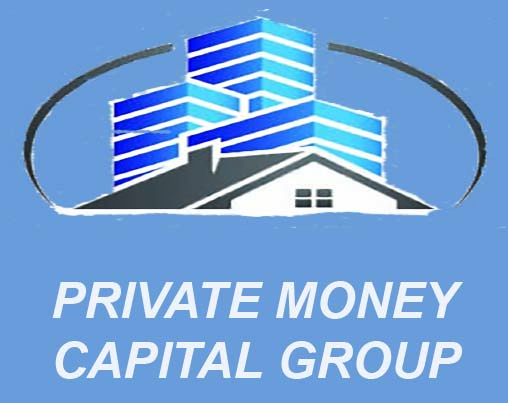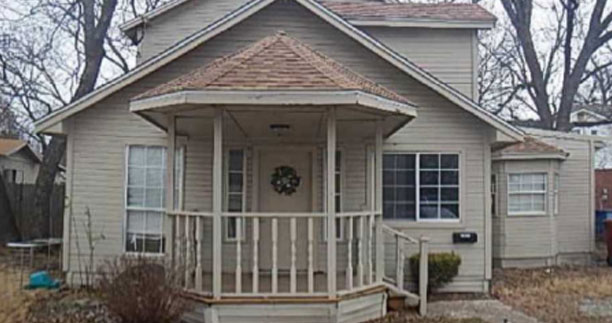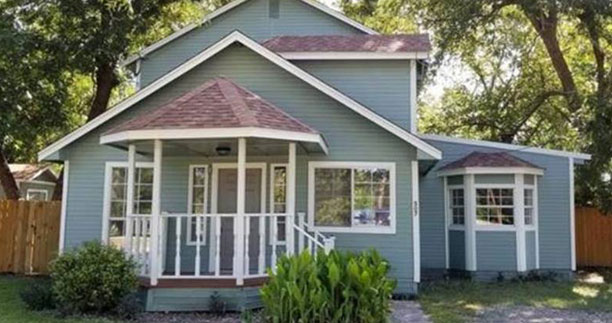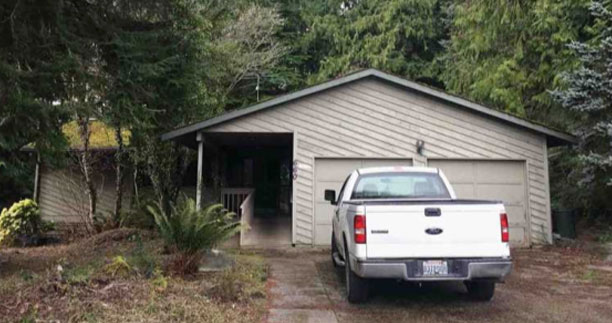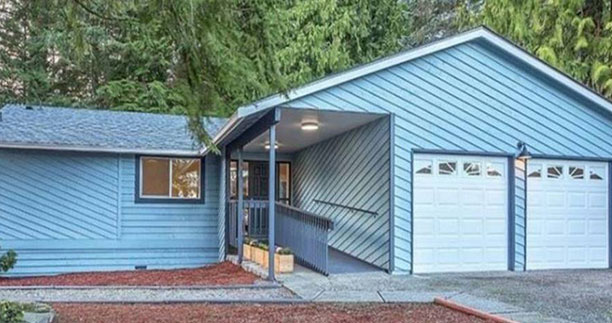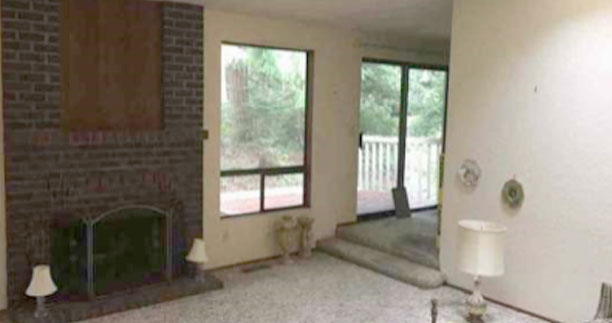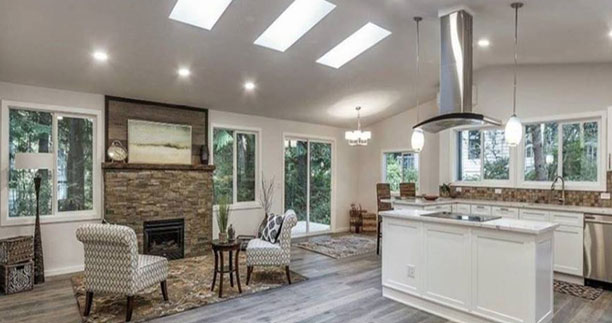Construction and Material Costs
Construction and material costs are among the most significant expenses in a fix and flip project. Properly estimating and managing these costs is critical to ensuring the profitability of the endeavor. Let’s delve into these costs in detail:
Construction Costs:
Definition:
Construction costs encompass all the expenses related to labor and the physical act of building or renovating various parts of the property.
Key Aspects:
- Labor Costs:
- Contractor Fees: Costs of hiring general contractors who may then subcontract out various parts of the work.
- Hourly Wages: Some workers might be paid by the hour.
- Skilled vs. Unskilled Labor: Specialized tasks, like electrical or plumbing, often cost more due to the expertise required.
- Duration:
- The longer the renovation takes, the higher the labor costs, especially if workers are paid hourly.
- Project Complexity:
- Complex projects that require specialized skills or have unforeseen challenges can drive up costs.
Steps:
- Hiring Process: Research, interview, and select contractors.
- Negotiation: Finalize payment terms, either a flat fee, cost-plus (where you pay for the cost of construction plus a set percentage), or hourly rates.
- Supervision & Management: Oversee work to ensure it’s up to standard and on schedule.
Material Costs:
Definition:
Material costs relate to the expenses for all tangible items required for the renovation, from lumber to light fixtures.
Key Aspects:
- Type of Materials:
- Standard vs. Premium: Using high-end materials can significantly increase costs.
- New vs. Reclaimed/Recycled: Sometimes reclaimed materials can be more affordable (and environmentally friendly) than new ones.
- Volume/Quantity:
- It’s essential to estimate accurately to avoid overspending or running out mid-project.
- Supply Chain Factors:
- Availability, shipping times, and potential tariffs or trade restrictions can impact costs.
- Local Market Conditions:
- The cost of materials can vary based on local demand, competition, and availability.
Steps:
- Budgeting: Determine the quality and type of materials needed for the project.
- Research & Shopping: Compare prices across suppliers, consider bulk purchases for discounts.
- Storage: Ensure you have a safe place to store materials to prevent theft or damage.
- Inventory Management: Track materials used and remaining to prevent wastage and ensure timely completion.
Other Considerations:
- Contingency Budget: Always set aside additional funds (often 10-20% of the total budget) for unforeseen complications or changes in plans.
- Permits & Fees: Construction might require various permits, which come with associated fees.
- Warranty & Insurance: Having warranties on work and insuring the project can add costs but provides protection against potential future problems.
- Efficiency & Waste: Efficient construction methods and minimizing waste can lead to significant savings.
Conclusion:
Construction and material costs form the backbone of a fix and flip budget. By effectively managing these expenses, ensuring timely and quality work, and making informed decisions on materials, investors can maximize their return on investment. Proper research, planning, and oversight are essential to staying on budget and ensuring the renovated property meets market expectations.
